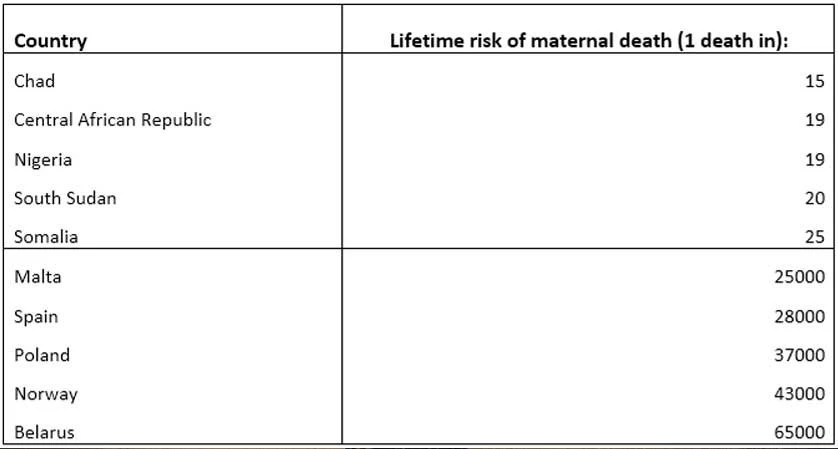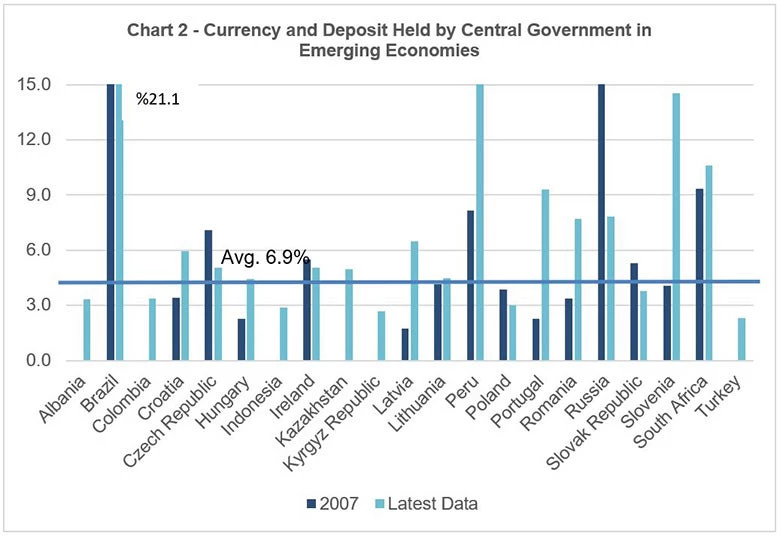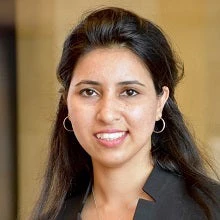
In terms of schooling, Serbia has made great strides in ensuring universal access to pre-primary, primary, and lower-secondary education, and has considerably improved learning outcomes. Enrollment in basic education is higher than 95 percent and the quality of education in Serbia has improved considerably over time. The Harmonized Learning Outcomes have increased from 458 points in 2003 to 521 points in 2015 – an increase of 63 points, or a gain of 2 years in learning outcomes.
In Serbia, Harmonized Learning Outcomes (average over all subjects and grades) Improved
A child born in Serbia is therefore expected to attain learning equivalent of 11 years – almost a complete secondary school education. This is high and very close to the average for the European Union and around three years more than the average for upper-middle income countries and the Western Balkans. The rate of return to schooling in Serbia is healthy, at 11.7 percent overall.
A child born today in Serbia will achieve 76 percent of their potential by the age of 18. This is the assessment from the World Bank’s Human Capital Index, making Serbia one of the high performing countries. Serbia ranks 27th out of 157 countries in the Human Capital Index. Singapore is ranked 1st. Serbia’s score is at the same level as the European Union and considerably higher than the average for upper middle-income countries and the neighboring countries in the Western Balkans.
Source: World Bank Human Capital Project
To continue its growth in human capital, Serbia needs to bridge the achievement gap between the poorest and richest households
Of the richest 20 percent of households in Serbia, almost all students attain minimum proficiency in mathematics. However, of the poorest 20 percent of households, only around 80 percent attain the minimum required proficiency. The achievement gap emerging in primary education widens further in lower secondary. By the end of lower secondary, only 44 percent of the students belonging to the poorest households attain minimum proficiency. This achievement gap has not decreased over time as shown by the results in TIMSS and PISA.
These gaps in learning outcomes translate into gaps in completion rates across the students of poorest and wealthiest households. Although access to primary and secondary education is adequate and comparable with comparator countries, it is highly uneven for poor households and especially for Roma children. Access to early childhood education is both low and extremely inequitable. While 90 percent of the students in poorest households complete lower-secondary education, only 45 percent complete upper-secondary education. This completion rate of 45 percent for students in poorest households is an improvement from 22 percent in 2011, which is a considerable accomplishment. Similar continued improvements are needed to bridge the socio-economic divide in educational outcomes and boost overall human capital.
| Differences in Achievement between Poorest & Wealthiest Increase from Primary to Secondary (TIMSS 2011, 2015; PISA 2009, 2012) |
Differences in Completion Rates between Poorest & Wealthiest Households Increase from Lower to Upper Secondary Source: UNESCO Institute of Statistics |

|

|
Going forward
Serbia needs to focus on tertiary education quality and relevance. The returns to tertiary education are high, at 14 percent. The higher education system should be focused on producing highly-skilled graduates and high-quality research linked to emerging sectors of the economy. To do this, higher education financing needs to be more performance-oriented based on a recognized system of quality assurance.
Greater inclusion of all children, particularly vulnerable children, at all levels of education is needed to further support equity. The ongoing reform of high school education will ensure that high quality students enter the tertiary education system ready to learn and complete their studies successfully. It will also be important to continue improving the effectiveness of the transition from school-to-work, whether from technical and general secondary or tertiary education institutions. Finally, it will also be useful to promote more innovation and entrepreneurship development in tertiary education to ensure that graduates incorporate new ideas into their jobs and develop the mindset and tools to launch new enterprises down the line in their professional careers.
*/ Contributions from Katia Marina Herrera Sosa, Marijana Jasarevic, Bojana Naceva , and Alexandria Valerio are gratefully appreciated.



Join the Conversation